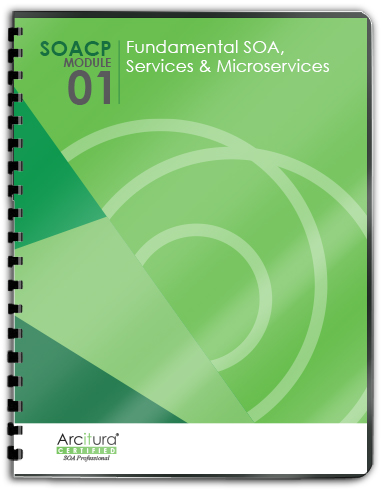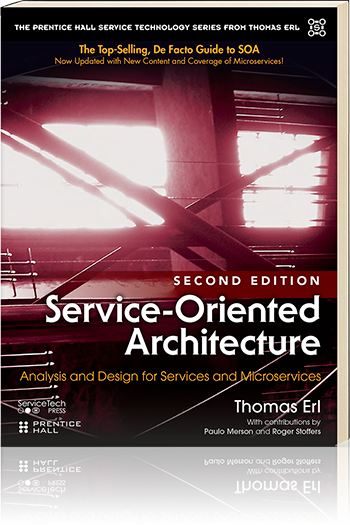Increased Vendor Diversification Options
Vendor diversification refers to the ability an organization has to pick and choose “best-of-breed” vendor products and technology innovations and use them together within one enterprise. It is not necessarily beneficial for an organization to have a vendor diverse environment; however, it is beneficial to have the option to diversify when required. To have and retain this option requires that its technology architecture not be tied or locked into any one specific vendor platform.
This represents an important state for an enterprise in that it provides the constant freedom for an organization to change, extend, and even replace solution implementations and technology resources without disrupting the overall, federated service architecture. This measure of governance autonomy is attractive because it prolongs the lifespan and increases the financial return of automation solutions.
By designing a service-oriented architecture in alignment with but neutral to major vendor SOA platforms and by positioning service contracts as standardized endpoints throughout a federated enterprise, proprietary service implementation details can be abstracted to establish a consistent inter-service communications framework. This provides organizations with constant options by allowing them diversify their enterprise as needed.

Figure 1 – A service composition consisting of three services, each of which encapsulates a different vendor automation environment. If service-orientation is adequately applied to the services, underlying disparity will not inhibit their ability to be combined into effective compositions.
Vendor diversification is further supported by taking advantage of the standards-based, vendor-neutral Web services framework. Because they impose no proprietary communication requirements, Web services further decrease dependency on vendor platforms. As with any other implementation medium, though, Web services need to be shaped and standardized through service-orientation in order to become a federated part of an SOA.

